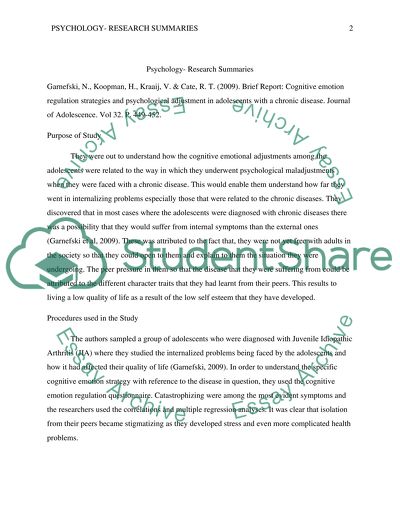Cite this document
(“Psychology- Research Summaries. The cognitive emotional adjustments Assignment”, n.d.)
Retrieved from https://studentshare.org/psychology/1393483-psycology-research-summaries
Retrieved from https://studentshare.org/psychology/1393483-psycology-research-summaries
(Psychology- Research Summaries. The Cognitive Emotional Adjustments Assignment)
https://studentshare.org/psychology/1393483-psycology-research-summaries.
https://studentshare.org/psychology/1393483-psycology-research-summaries.
“Psychology- Research Summaries. The Cognitive Emotional Adjustments Assignment”, n.d. https://studentshare.org/psychology/1393483-psycology-research-summaries.


